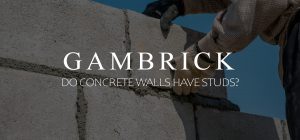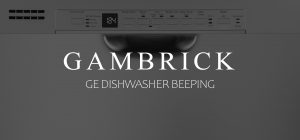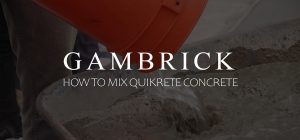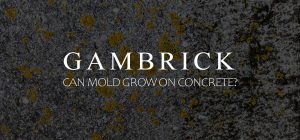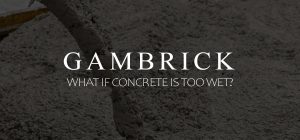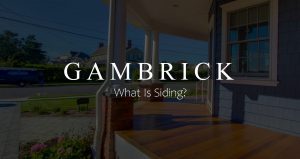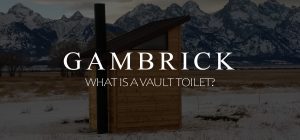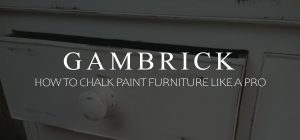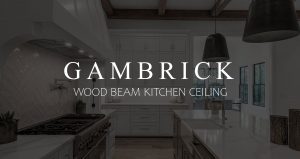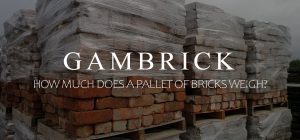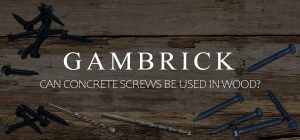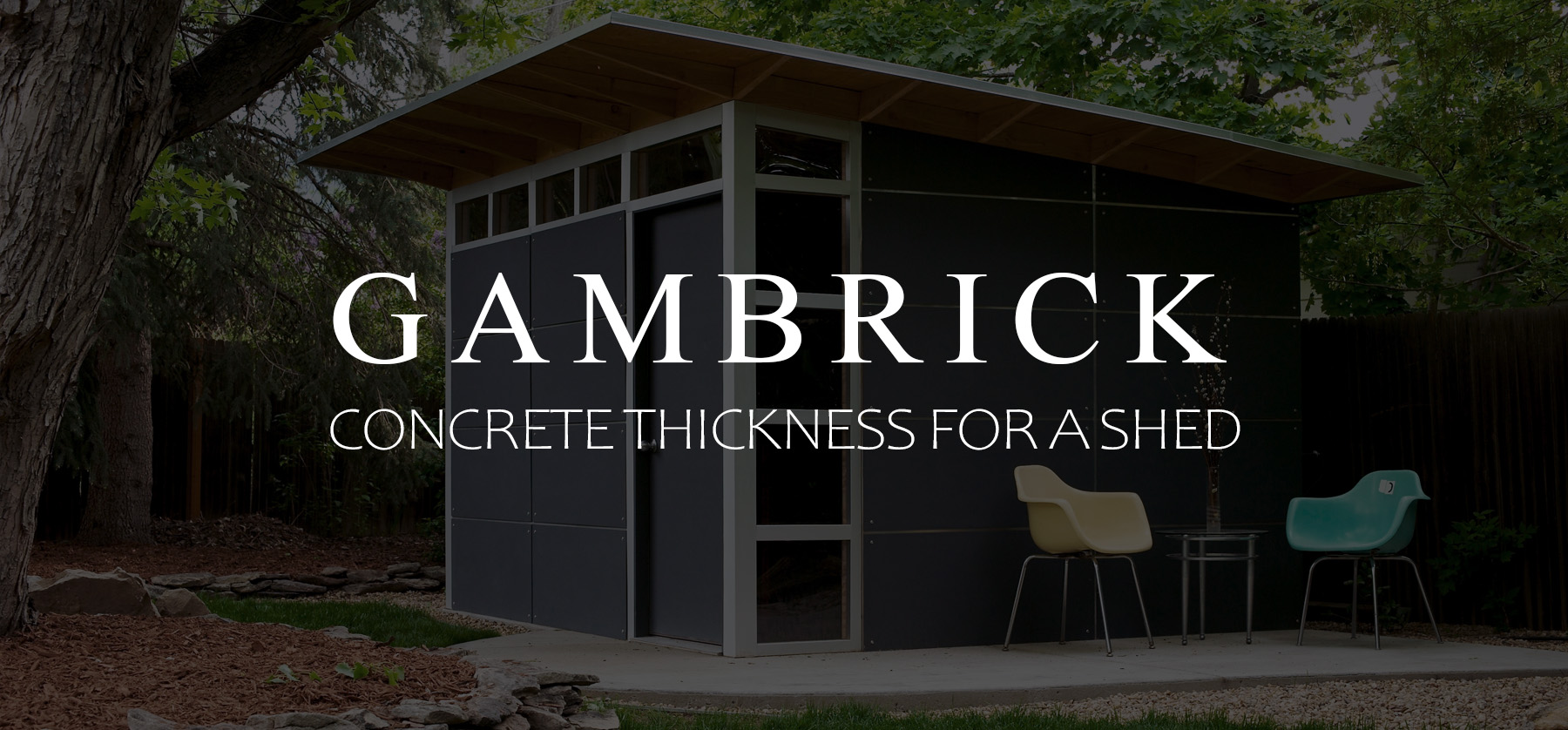
Concrete Thickness For A Shed
I’ve been a builder for over 25 years and can tell you firsthand that concrete is a great foundation and flooring material for a shed. The best concrete thickness for a shed tends to be 4 to 5 inches, which is the standard thickness used for most residential concrete patios, walkways and sidewalks. You can pour 6 inches if your storing something heavier but it’s rare. Concrete slabs are typically poured over 4-8 inches of compacted gravel and earth. A finished slab is durable, looks good, doubles as a floor and foundation, and is a great DIY project. It’s also easy to clean and resists stains. Especially if you seal it.
Concrete isn’t affected by moisture or rot which makes it a much better flooring material for a shed than wood or gravel. They’re also much harder for critters to get underneath. Concrete shed floors can even be built ground level which in many cases eliminates the need for a ramp or steps.
For most sheds, 4” of concrete will be thick enough to support the entire structure which eliminates the need for footings. While some small sheds can be supported with only 3”, I still recommend at least 4″. Larger sheds or those who house a lot of weight can be built with a 6-8 inch shed. Vary your base thickness to match the amount of concrete your using.
I like to make the edges of my shed floors a little thicker than the slab. Especially if your not pouring footings. For example, a typical 4″ thick shed slab would have 6-8 inch thick edges. This is called a thickened edge. It helps protect against cracks and breakage at the edges where the shed walls rest. It also provides more concrete if your using tie down bolts.
Many Factors Affect Slab Thickness
The thickness of your shed’s concrete should vary based on a few important factors.
- Use. If your using the shed for standard things like a lawnmower or snow blower than a 4″ thick slab is more than enough. But if your storing heavier equipment or machinery that vibrates a lot you may want to go a little thicker.
- Construction. If your shed’s concrete is not only it’s floor but also it’s foundation then you may need to go a little thicker, at least around the edges. I recommend adding an edge thickness of 6-8 inches for a 4 inch slab but if your shed is really heavy you may have to go as thick as a foot.
- Soil. A concrete slab built on solid ground can be thinner than one that’s built on bad soil. Some soil is prone to sinking and voids which can crack concrete. Extra strength may be needed which means more concrete.
- Weather. A slab subject to severe winters with heavy snow loads and constant freeze/thaw cycles will be different than one built in a warm climate.
Once you decide on the style, shape and size of your shed, you should size the concrete slab’s thickness to meet the requirements you’ll need. These requirements are to support both the shed itself and it’s intended use.
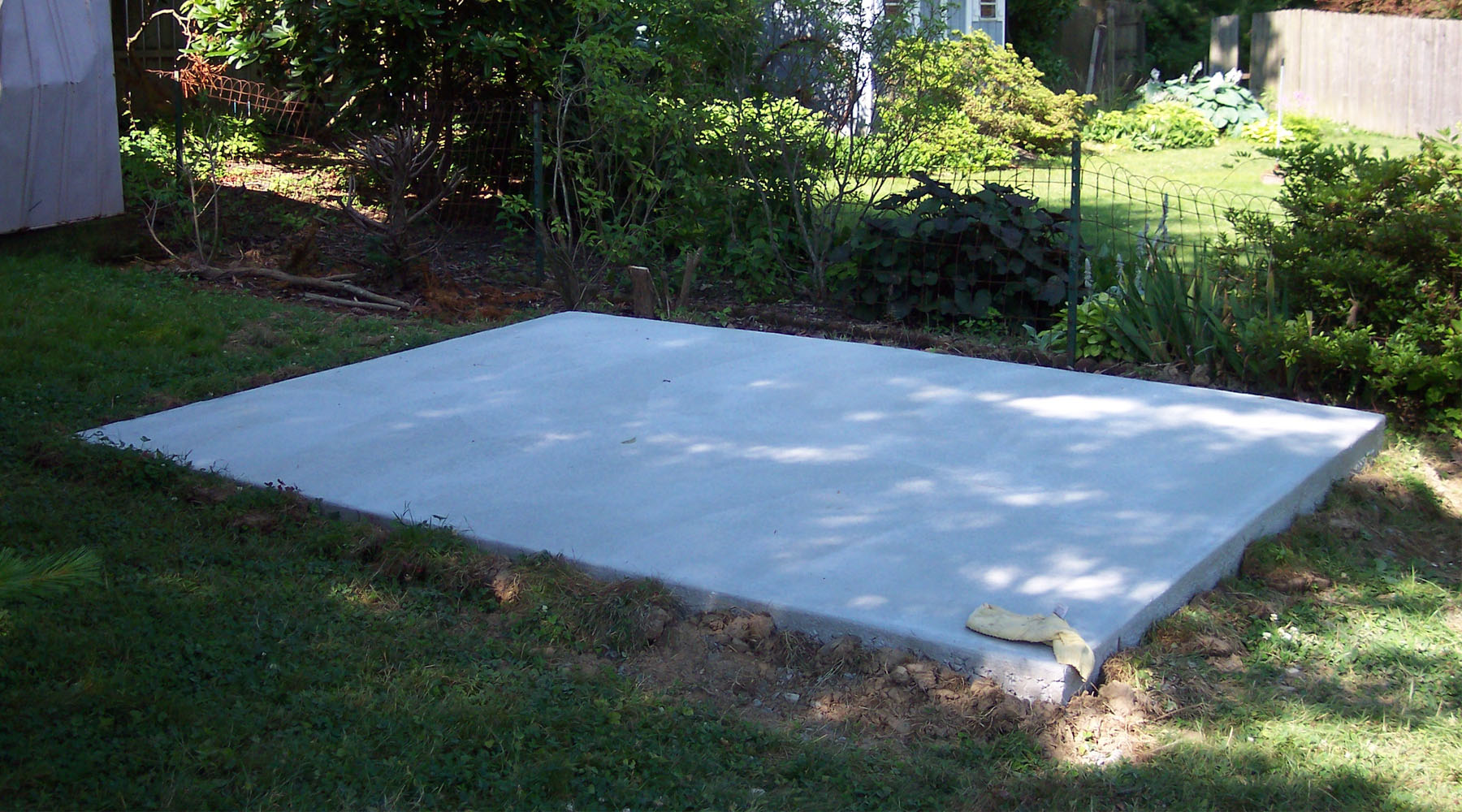
A Solid Base
The base under a concrete slab is very important. Sometimes even more so than the thickness of the slab.
Concrete should be poured on a base of compacted gravel over compacted soil. The depth of the gravel base, and the type of gravel used, can vary by location. Local building codes often regulate the size of the base and type of gravel you can use, based on where the frost line is. Freezing can create movement and cause cracks in the concrete which can be prevented with a solid base.
Make sure the ground is compacted first. There’s no sense pouring and compacting a base if the soil below settles. Remember, with concrete your only as strong as your lowest level. If the ground below sinks, the base can fall into the void and then crack the concrete.
Once the soil is compacted pour and compact your gravel base. Do this in stages or 3-4 inches at a time. Don’t pour all your gravel and compact all at once. Rather, pour a few inches, compact, then pour and compact a few more. Keep repeating until you’ve poured and compacted all your gravel.
The concrete thickness for a shed has a lot to do with the thickness of your base. Generally the base is about 1-2 times thicker than the slab. So for a 4 inch thick slab we use a 4-8 inch thick base.
A 4 Inch Slab Is Right For Most Sheds
4 inches is generally the right concrete thickness for a shed. Unless your storing something very heavy, using the shed for work that requires a lot of vibration, or the shed is unusually large, 4 inch thick should be plenty.
The concrete floor can be poured in most locales on a 4-8 inch base of compacted gravel over compacted earth. That requires an excavation of at least 6 inches to pour a slab that’s 2 inches above grade.
The concrete would be poured into forms typically built out of 2×4 lumber.
Reinforced Concrete
If you need more strength and don’t want to go thicker then there are ways to reinforce concrete.
You can easily strengthen a slab by including a layer of wire mesh inside the middle of the slab. You can also include additives right into the concrete mix. There are two main types.
- Fiber. Adding fibers into your concrete mix is a cheap and easy way to reinforce the slab without adding any thickness.
- Micro Rebar. Adding micro rebar has a similar effect to fiber only it’s much stronger. But also a lot more expensive.
Another very common way of reinforcing a concrete slab is steel rebar. Although rebar needs thicker concrete to work properly so we don’t use it in slabs that are under 5 inches thick. If your using a 4 thick shed slab with a thicker 6-8 inch edge then a row or two of rebar can add a lot of strength. Almost all footings have rebar inside for this reason.
How Much Concrete Will I Need?
There are calculators available online that can help you figure out how much concrete you’ll need for your shed. There’s also a chart on the back of premixed concrete bags like Quikrete to help you calculate the amount of concrete you’ll need for the project. All you have to do is enter the dimensions of your project, length times width, and then multiply that by the thickness of your slab. This will give you the cubic feet of concrete you need.
Keep in mind that concrete calculations are all figured in cubic calculations not square footage. This is because a shed has 3 measurements, length, width and depth.
For example, if your pouring a 10×12 concrete shed floor that’s 4 inches thick, you’ll need 40 cubic feet of concrete. That works out to 1.48 yards of concrete which is 67 premixed 80 lb. bags totaling 5360 pounds of dry concrete. More when it’s mixed with water. The cost averages around $6 per bag totaling just over $400 before tax. Add in delivery costs if your not picking the bags up yourself and labor. For an order this heavy you’ll probably want to pay extra for delivery since 5360 pounds is more than your average truck can handle.
Why Should You Use Concrete?
Concrete has a few big advantages over other types of shed flooring.
It lasts for a long time and is very strong. When it comes to foundation materials, concrete is the most common and probably the best. Almost every home and building built these days uses concrete somewhere in it’s construction.
Because concrete is both a flooring and footing material, one pour does both jobs. When you build your shed on a slab you don’t have to worry about framing a floor or pouring separate footings. One pour and your all done.
There just aren’t a lot of alternatives that offer the same strength as concrete. Some very small shed don’t even require a flooring, you can place them right on the ground or on blocks. But they’re not very strong. If you want something permanent, and possibly bolted down, then you’ll want concrete.
Concrete is very resistant to moisture damage, rot, mildew, mold, insects, animals and other common foundation and flooring problems. If you build your shed on a strong concrete base, the last thing you’ll have to worry about long term is the concrete.
Because of the increase in wood material costs, concrete is now a great price. A few years ago concrete was considered expensive as a flooring, but now that wood prices are so high it’s cost effective to pour a concrete slab.
Concrete looks great. It’s a modern look that goes with pretty much any style house or shed you build. It’s also easy to keep clean and resists stains, especially when it’s sealed properly. And concrete can be colored or stamped which enhances it’s appearance even more.
Does Anything Go Under The Concrete?
Concrete alone does not make a shed’s foundation or floor. If you want your shed’s concrete to last then you’ll need at least 4 inches and a solid base. That means at least 4-8 inches of compacted gravel over compacted earth. This serves several important functions:
- Cracking: If concrete is poured directly on earth, the soil can shift or sink which creates voids under the concrete. These voids can cause cracks in the concrete floor or footing. Compaction and gravel create a sturdy base for your concrete which eliminates voids and protects against cracks.
- Drainage: Water build up underneath concrete can lead to damage. Having a layer of gravel provides drainage which helps protect your concrete.
- Leveling: Gravel provides a level surface for your concrete to rest on. It’s important for concrete to be poured at an even thickness. A 4 inch slab should be 4 inch throughout every part of the slab. Gravel helps to achieve this.
- Decomposition: Pouring concrete right over organic material can be a problem as that material decomposes. Decomposed material can weaken the concrete over time and create voids.
A layer of compacted gravel under your shed’s concrete is a very important step in building a long lasting foundation.
Summary: Concrete Thickness For A Shed. How Much Do You Need?
Concrete is a great foundation and flooring material. The best concrete thickness for a shed tends to be 4 inches which is the standard size used for most residential concrete patios, walkways and sidewalks. You can pour 6-8 inches if your storing something heavier but it’s rare. Concrete slabs are typically poured over 5-8 inches of compacted gravel and earth. A finished slab is durable, looks good, doubles as a floor and foundation, and is a great DIY project. It’s also easy to clean and resists stains. Especially if you seal it. And concrete isn’t affected by moisture or rot which makes it a much better flooring material than wood. Concrete shed floors can even be built ground level which in many cases eliminates the need for a ramp or steps.
For most sheds, 4” of concrete will be thick enough to support the entire structure which eliminates the need for footings. While some small sheds can be supported with only 3”, I still recommend at least 4″. Larger sheds or those who house a lot of weight can be built with a 6-8 inch shed. Vary your base thickness to match the amount of concrete your using.
I like to make the edges of my shed floors a little thicker than the slab. Especially if your not pouring footings. For example, a typical 4″ thick shed slab would have 6-8 inch thick edges. This is called a thickened edge. It helps protect against cracks and breakage at the edges where the shed walls rest. It also provides more concrete if your using tie down bolts.
If you have any questions or comments e-mail us any time. We’d love to hear from you.

John Mazzuca | About | More Posts |
Custom Home Builder
John Mazzuca is a custom home designer and builder at Gambrick with over 25 years experience in the construction industry. John has designed, built and/or remodeled hundreds of homes, small buildings, and commercial projects. He writes about business, real estate, home building, and household electronics. His work has been featured in Fox Business, Better Homes & Garden, House Beautiful, and more.


